Iso Rivolta Lele
Iso Rivolta built the four-seater sports car Lele between 1969 and 1974. Originally, it was to remain a one-off for a solvent customer. This was created in collaboration with designer Marcello Gandini on the platform of an Iso Rivolta IR300. The car was presented to the public and its new owner at the Turin Motor Show. However, they hadn’t expected the positive reaction of the trade fair public. Various potential customers approached Iso and wanted a production version as a competitor to the Lamborghini Espada.
Third model in the line-up
In the end, the company management under Piero Rivolta had little choice. He had taken over the company in 1966 after the death of his father Renzo and now sensed a good business opportunity. For the model name, he decided on the nickname of his wife Rachele, who was only called ‘Lele’ by friends. When series production finally began in 1970, the Iso Lele virtually took over the position of the IR300 in the model range. The supercar Grifo and the four-door sedan Fidia were also still available. Visually, little changed between the first one-off and the production variant.
Headlights under metal flaps
Marcello Gandini is better known for his various designs for Lamborghini. But he also impressively demonstrated his skills with the Iso Lele. Edges, curves and acute angles result in a beautiful fastback coupé. To keep the front end as flat as possible, the twin headlights are half-hidden under metal flaps that only flip up when the lights are switched on. A similar solution was found shortly afterwards on the Iso Grifo. The lower line of the side windows drops slightly at the start of the doors and rises again at the rear. The same is true of a sheet metal edge further down and the side view of the bumpers. As with the Fidia, the taillights on the Lele were taken from the Fiat 124 Coupé.
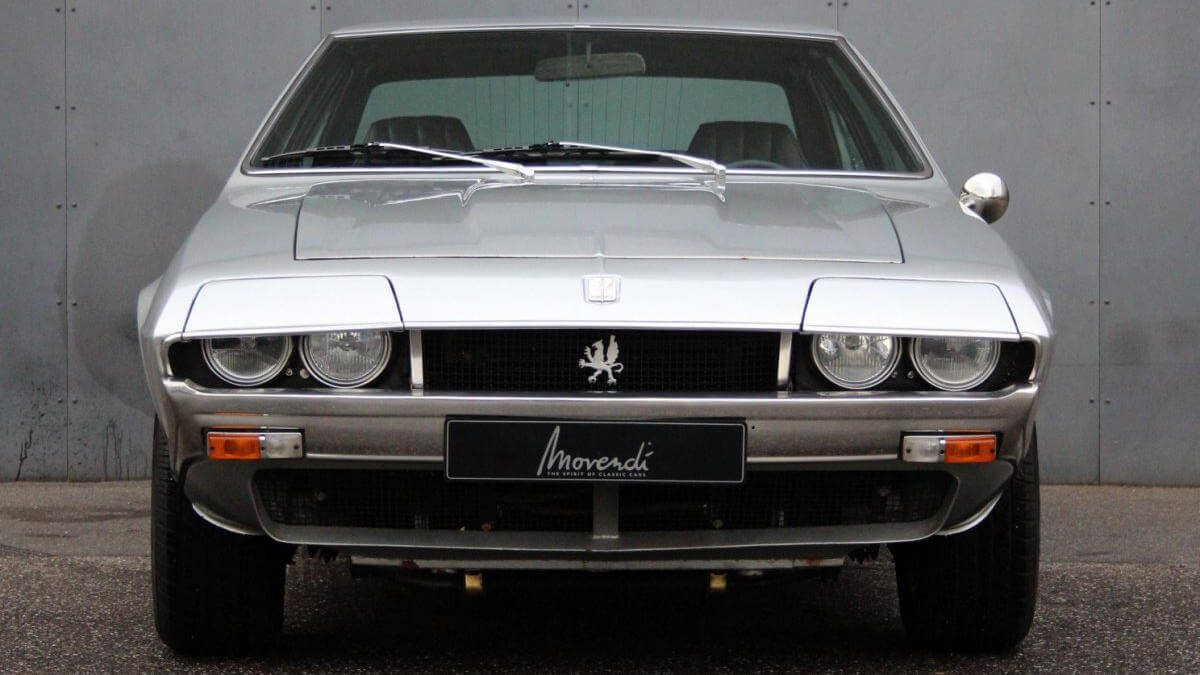



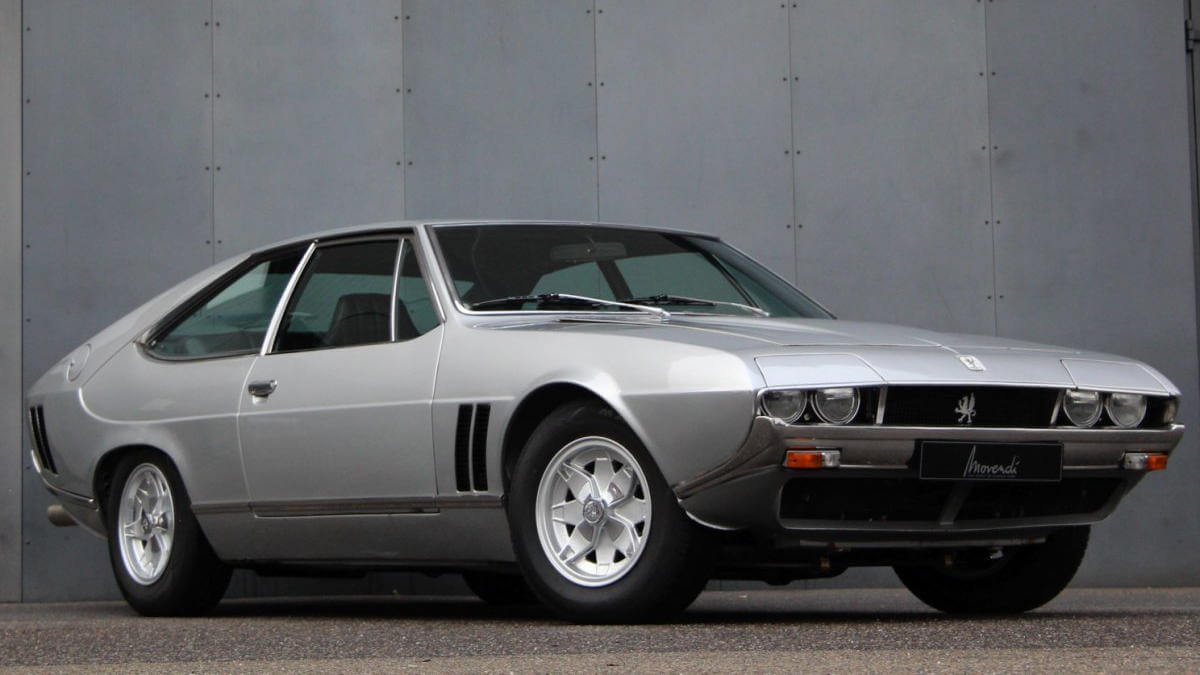



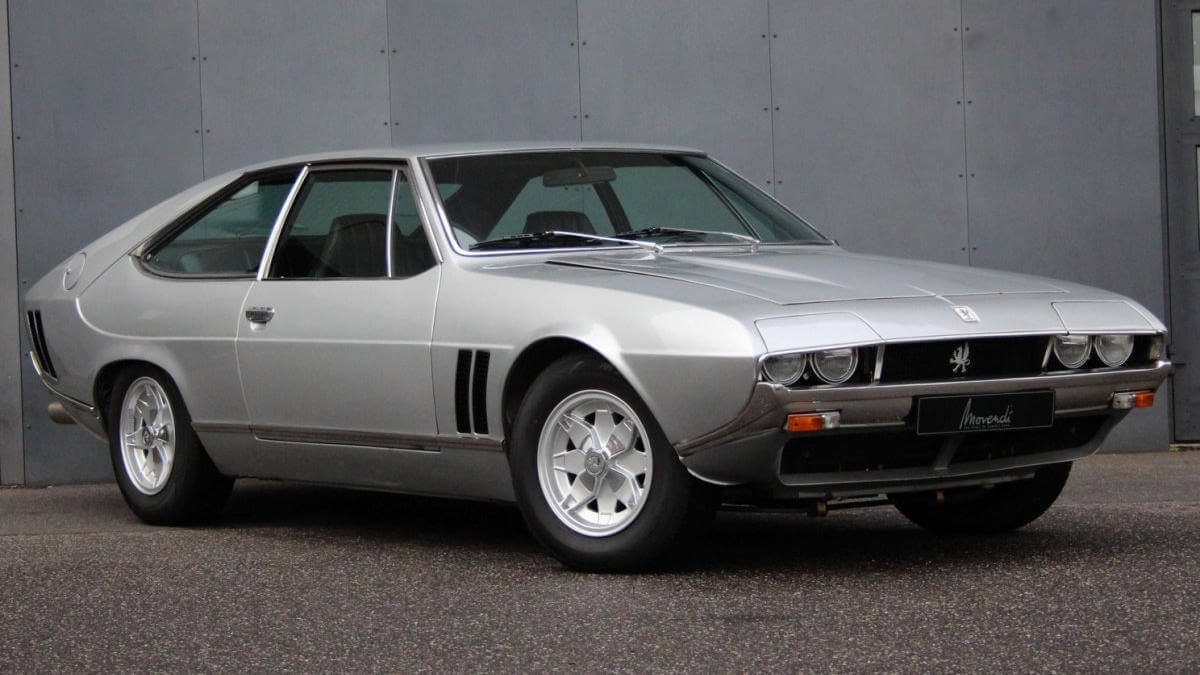



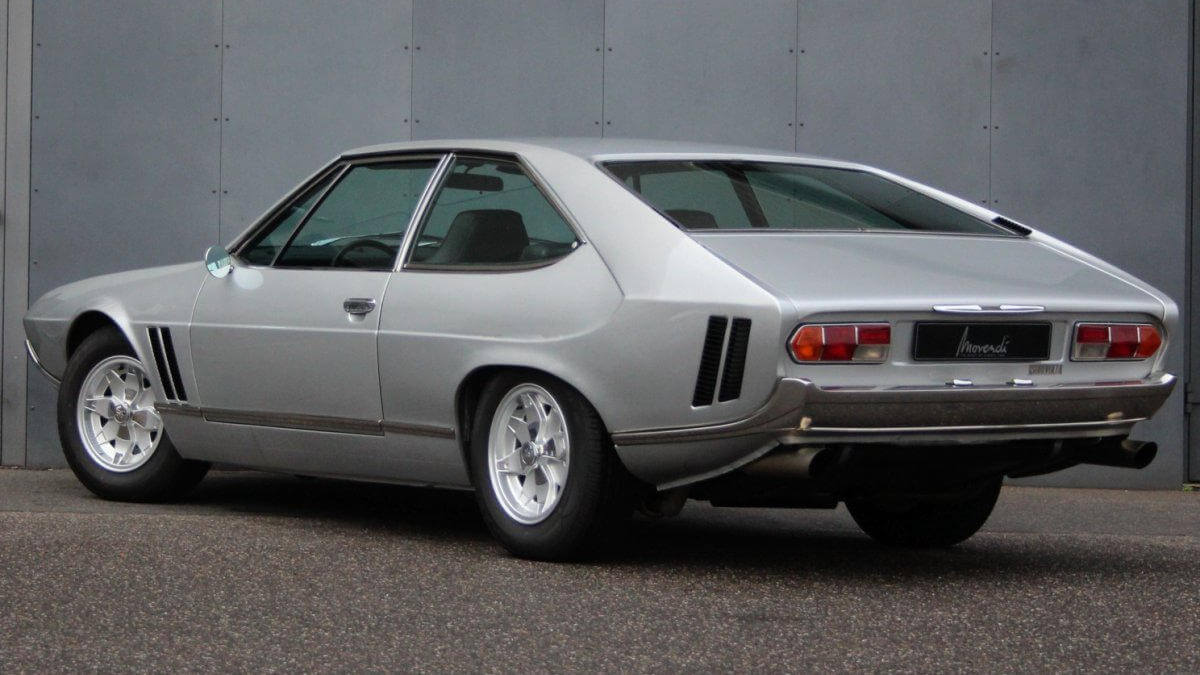



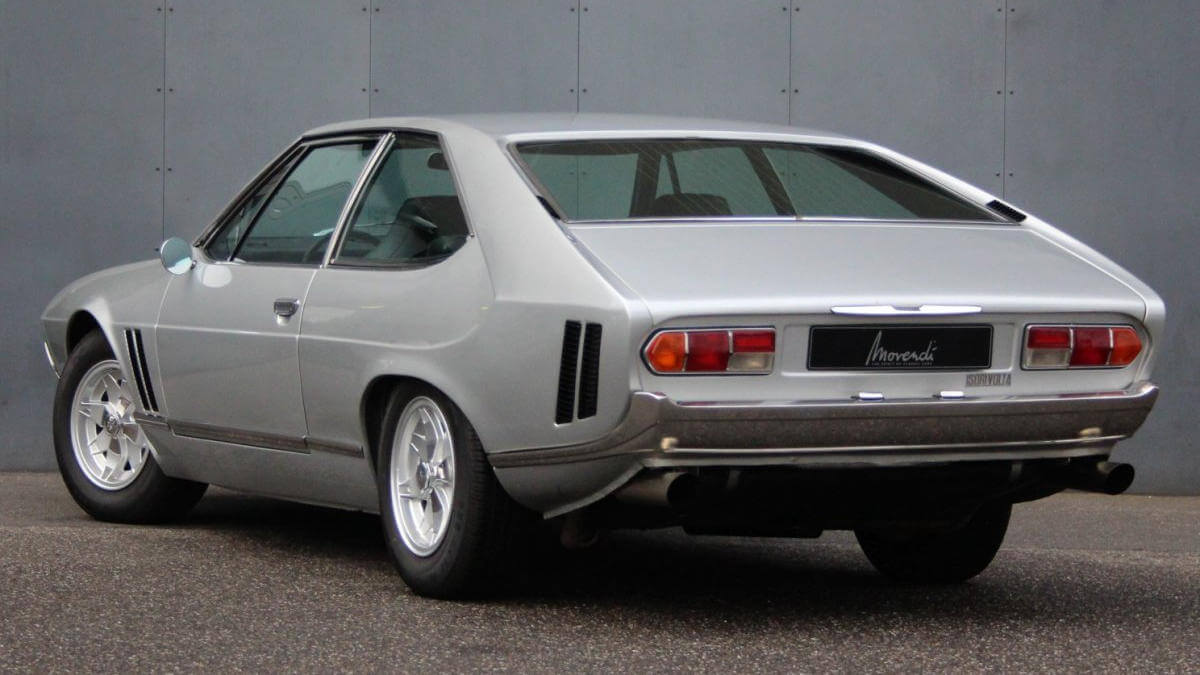



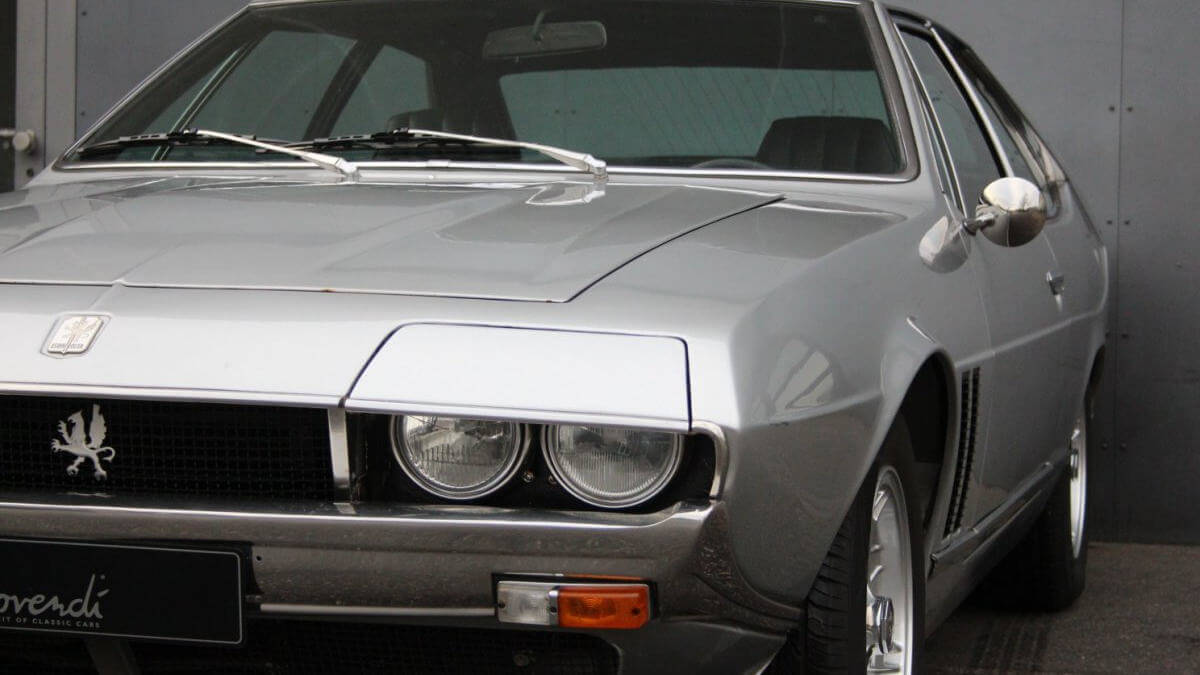



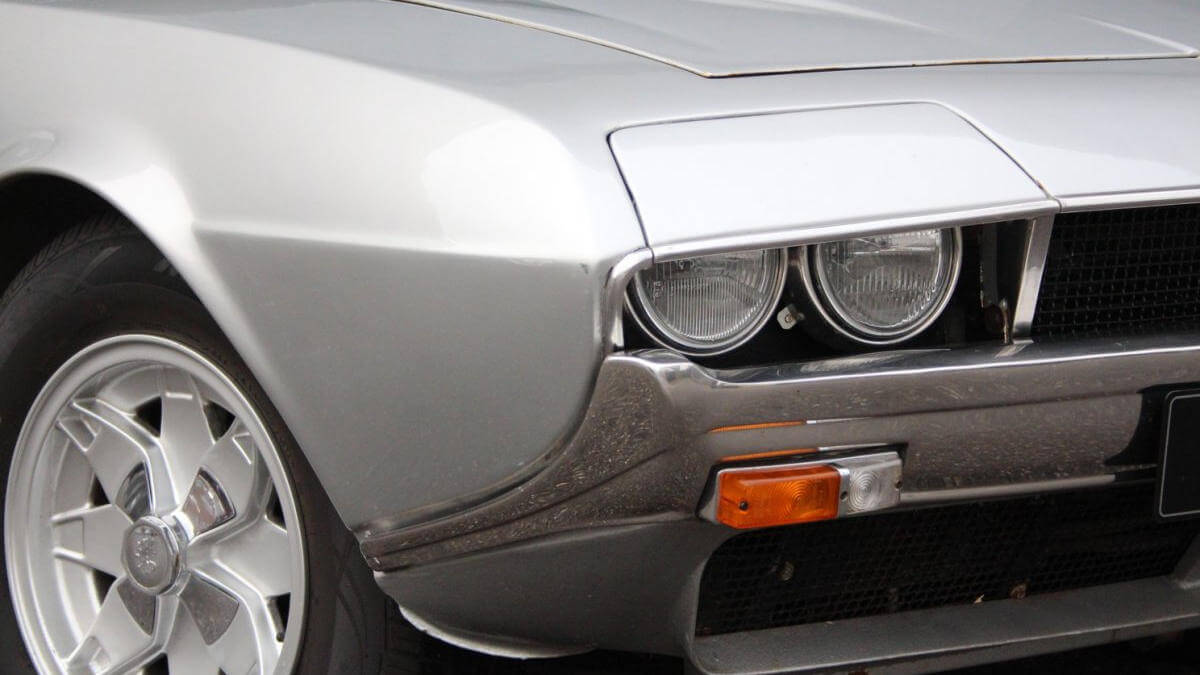



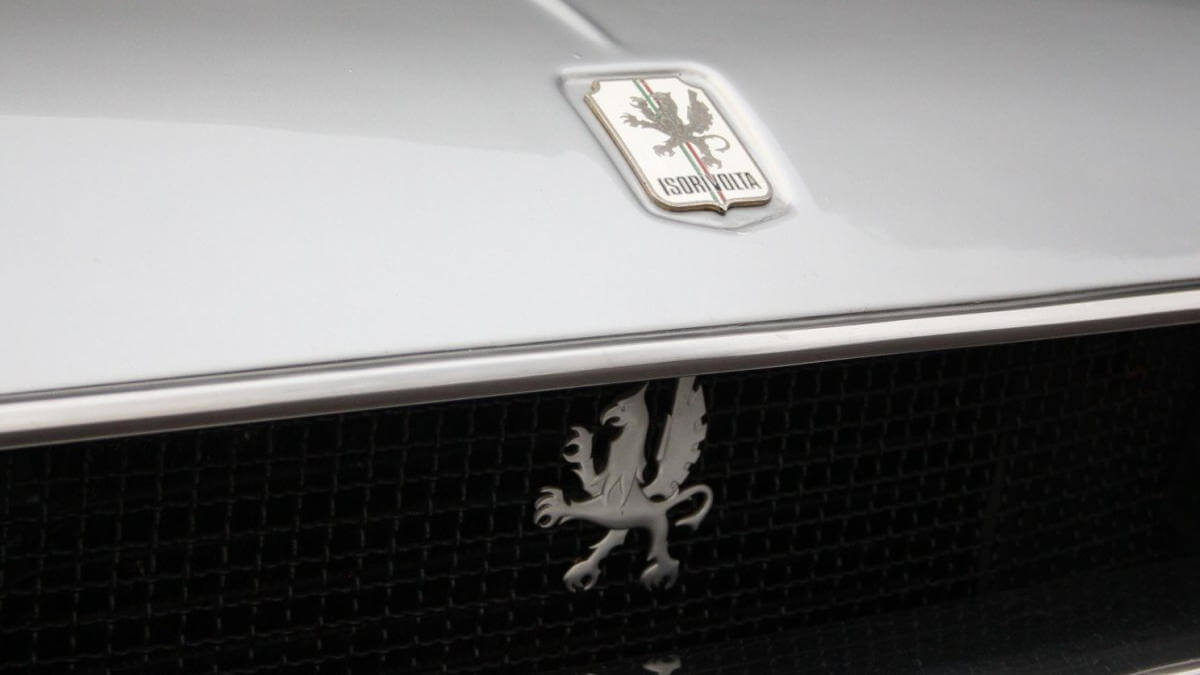



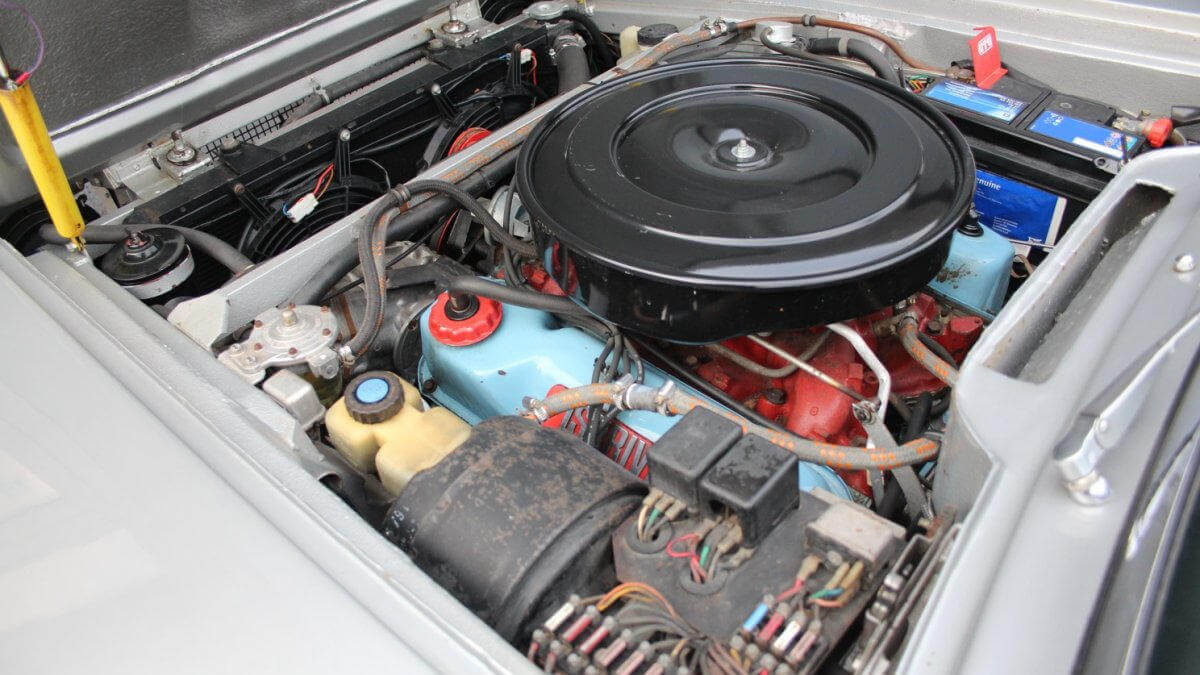



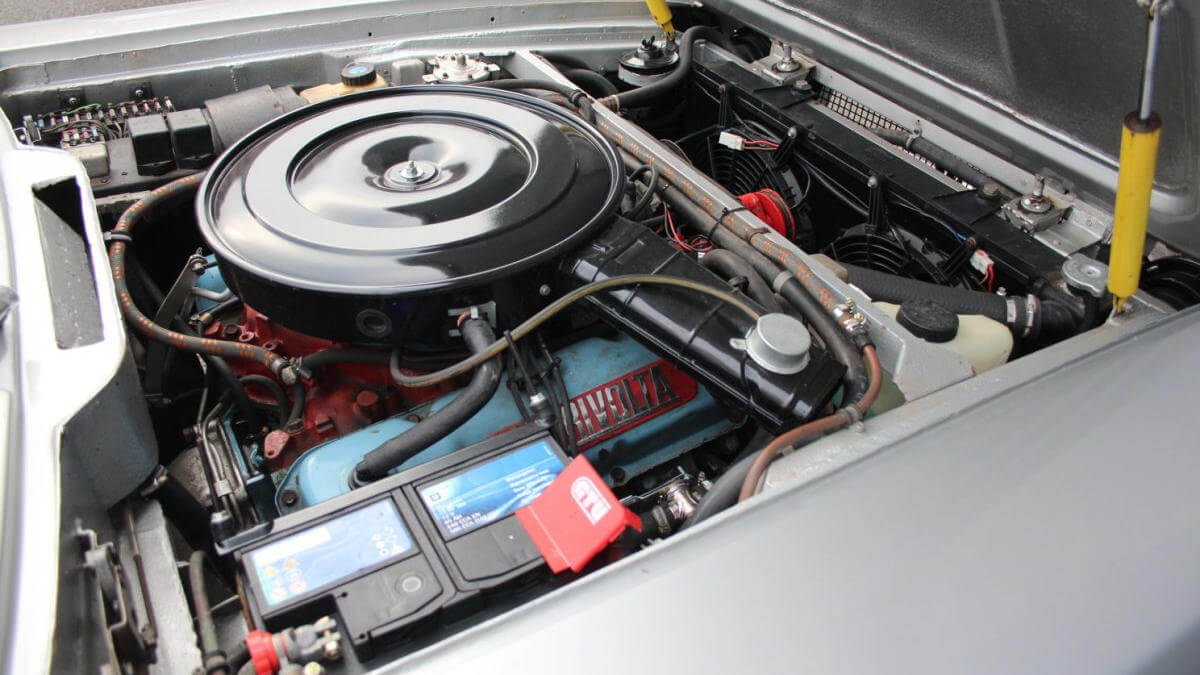



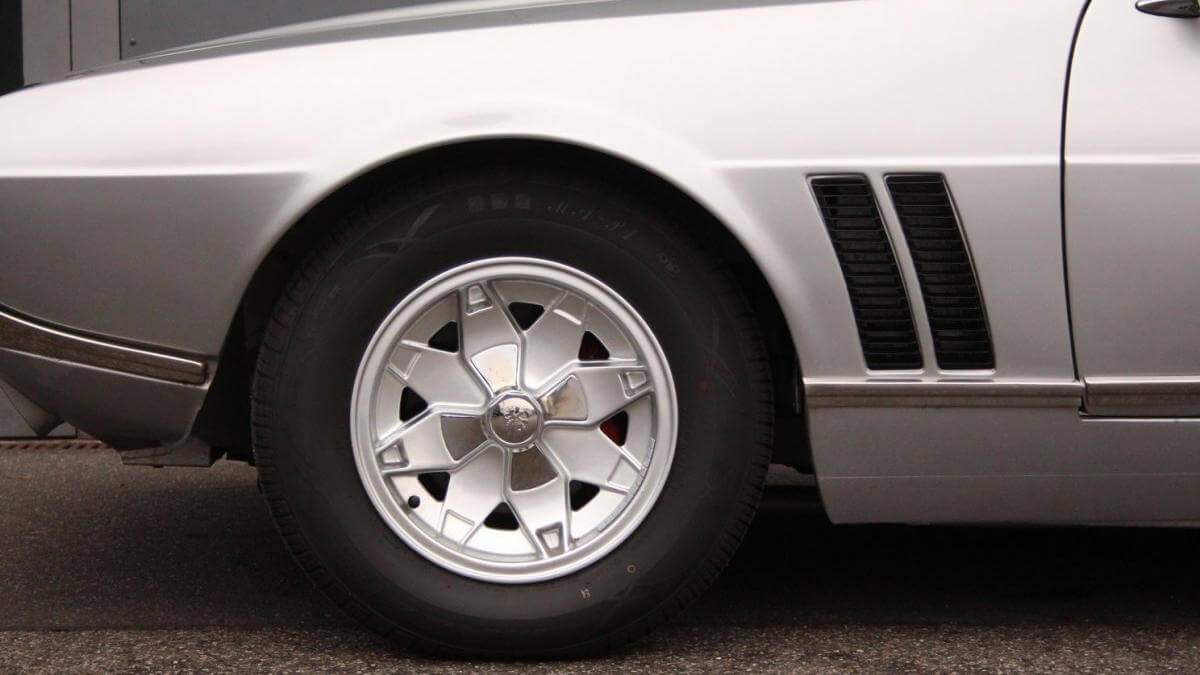



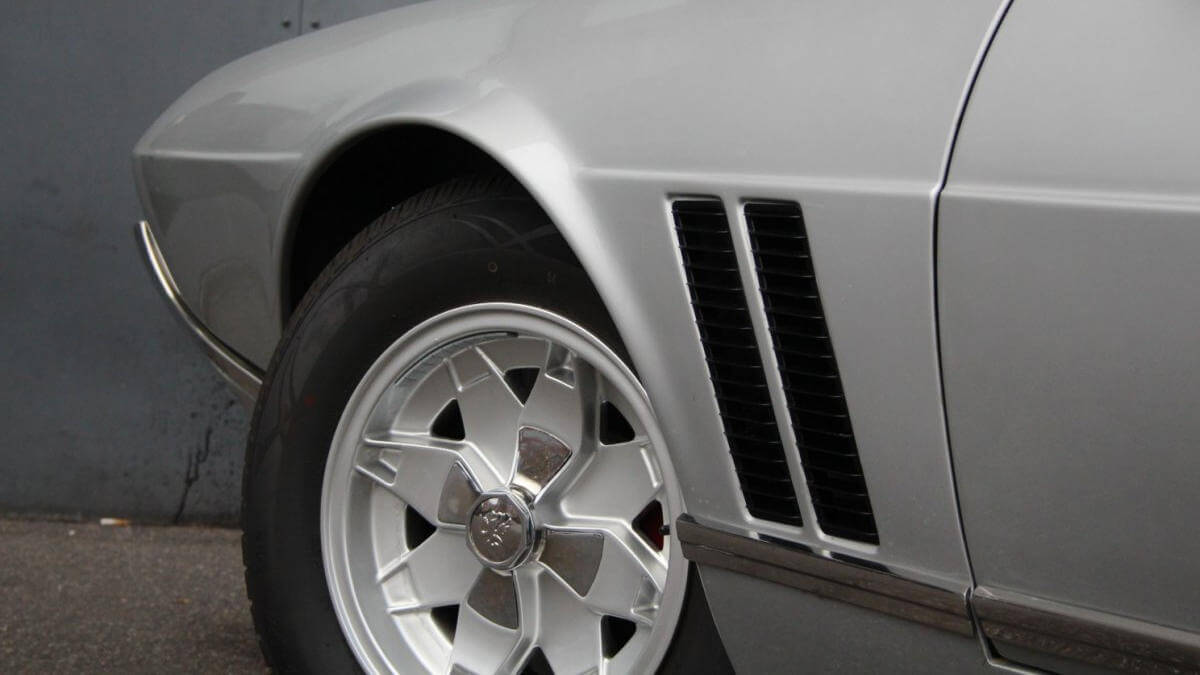



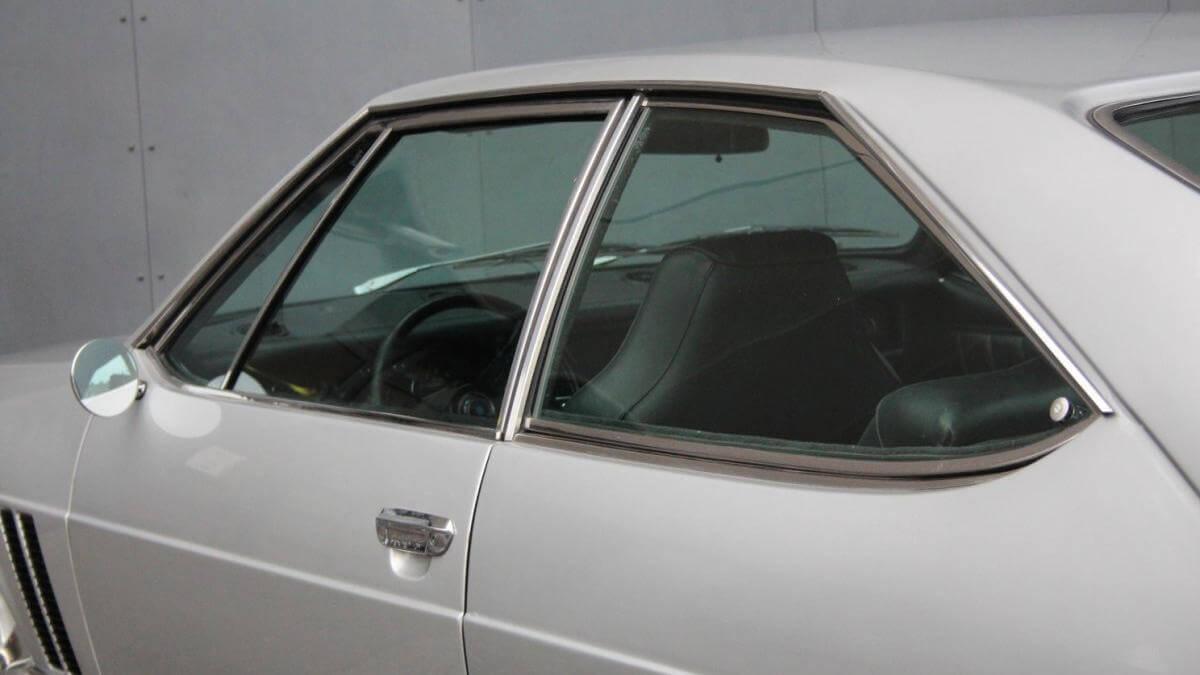



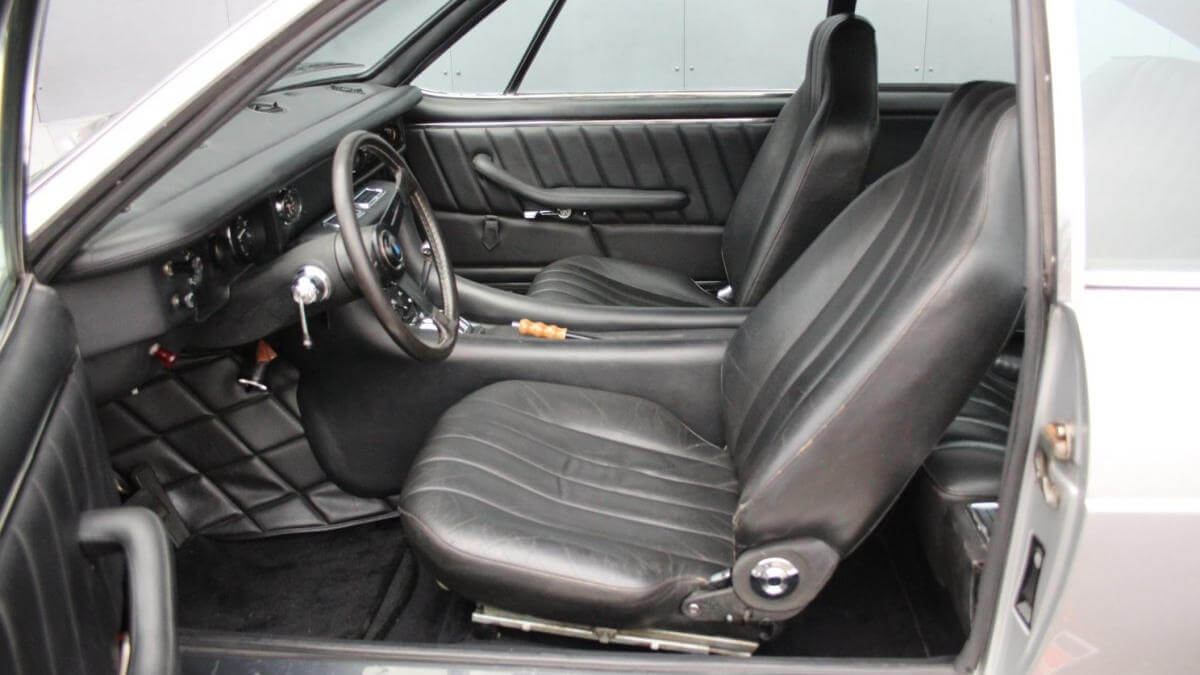



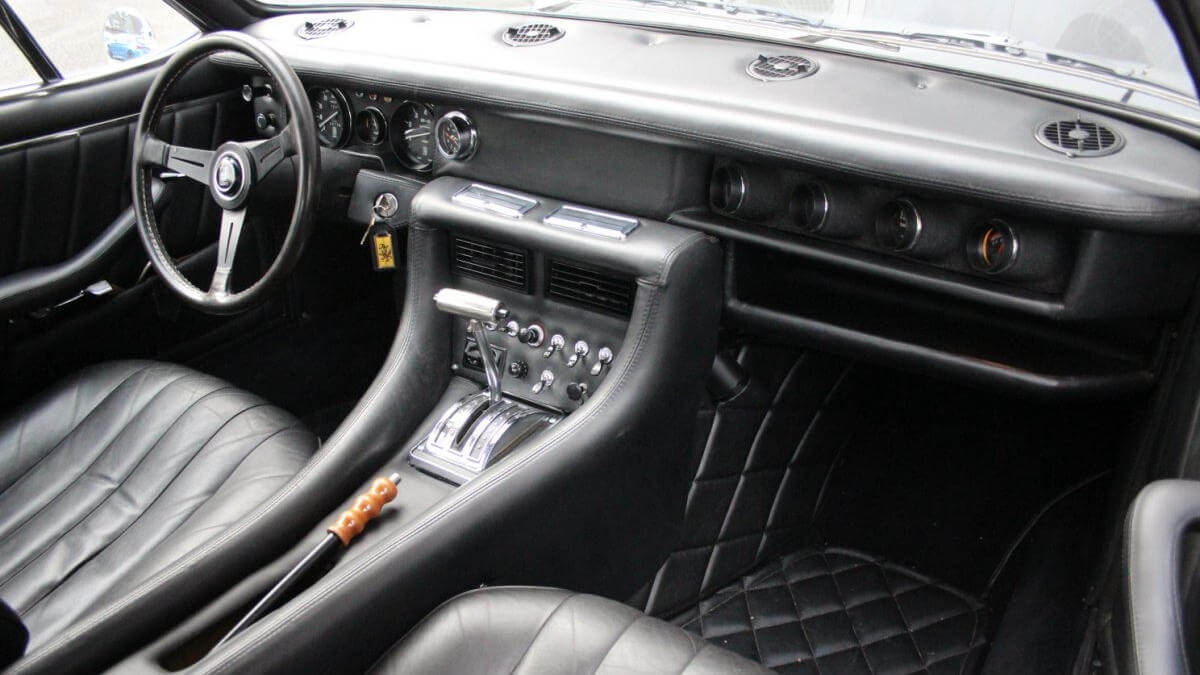



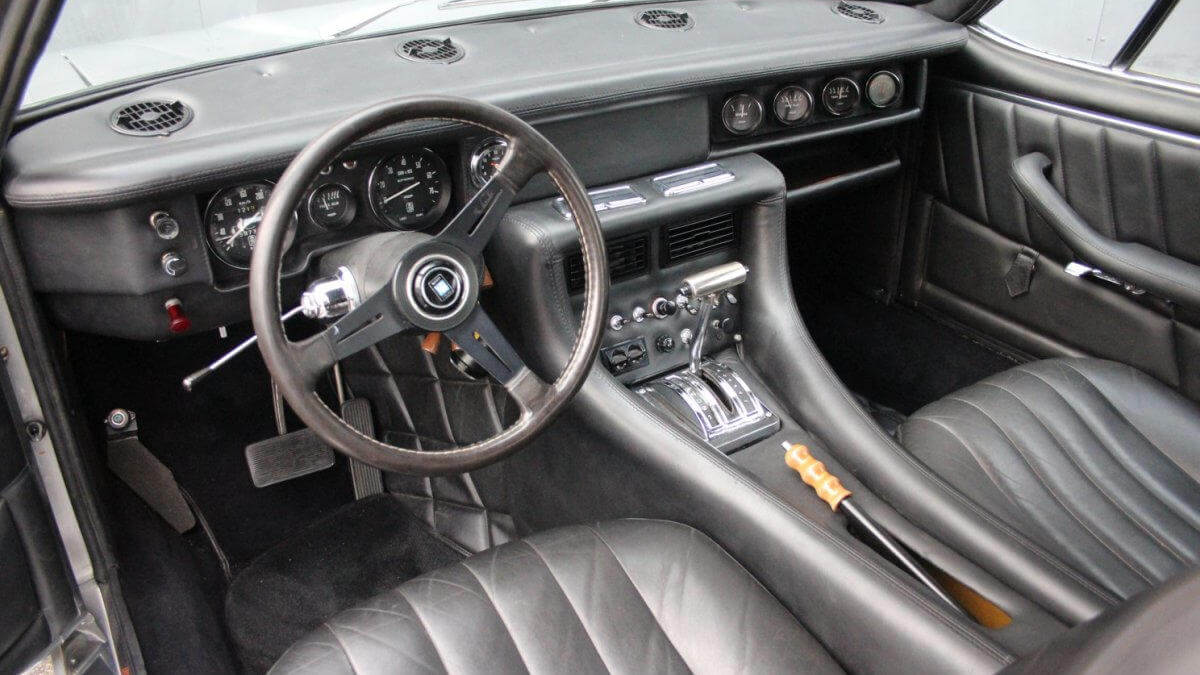



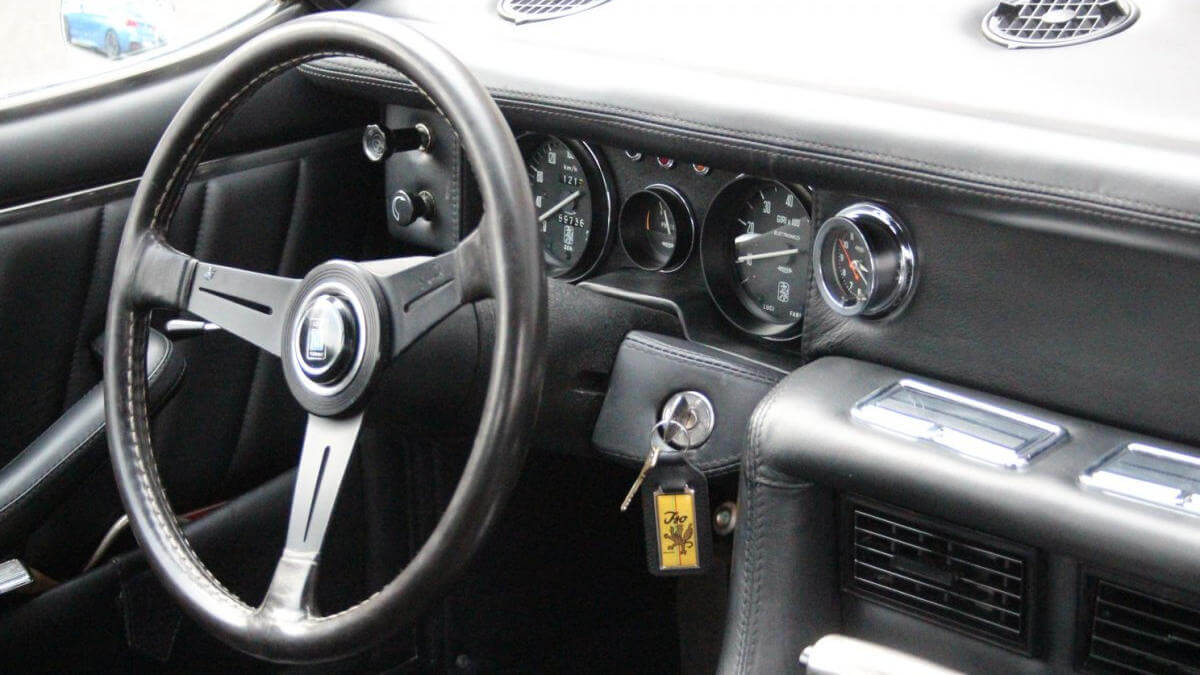



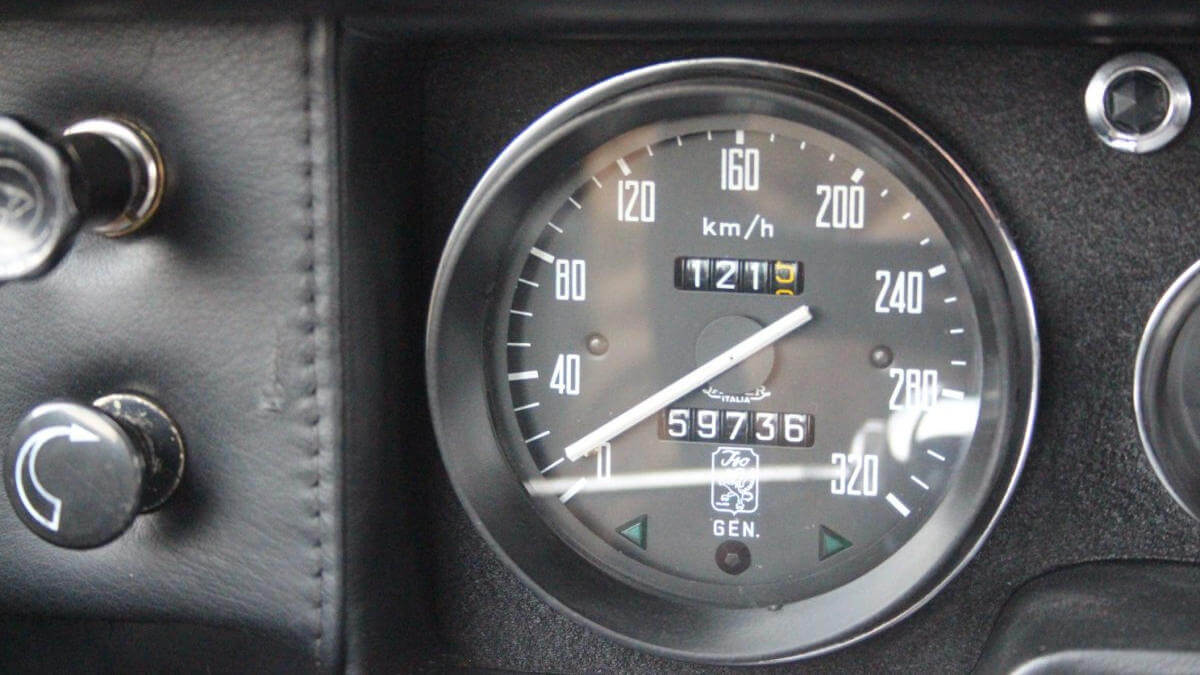



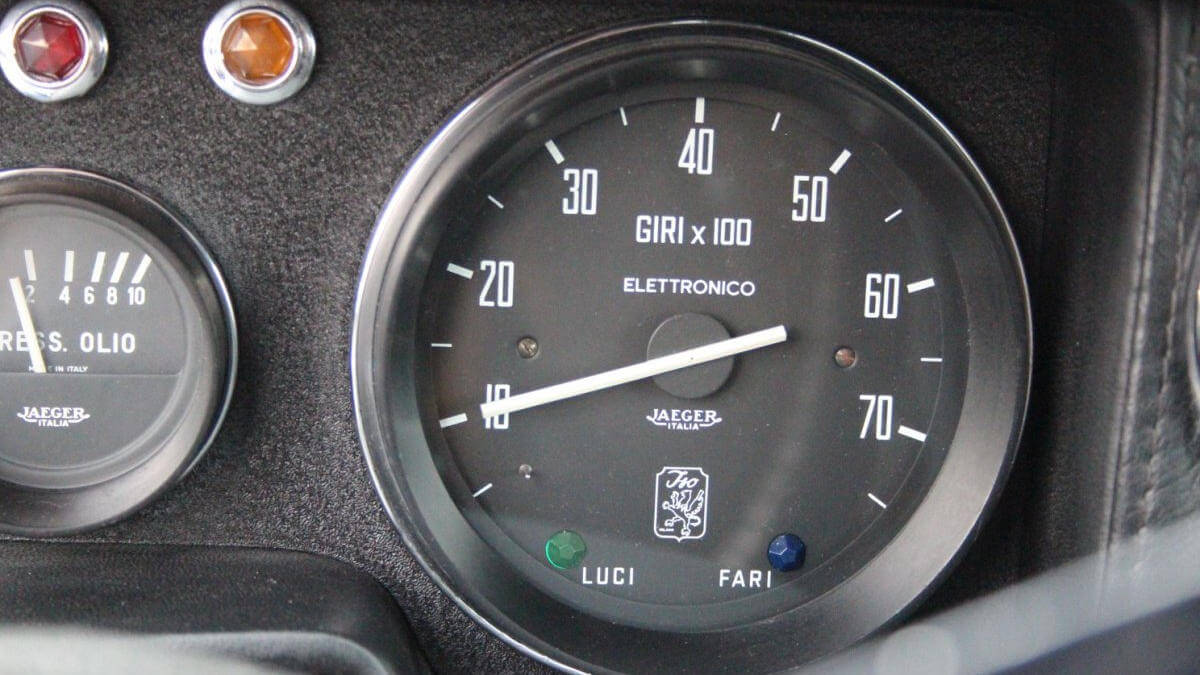



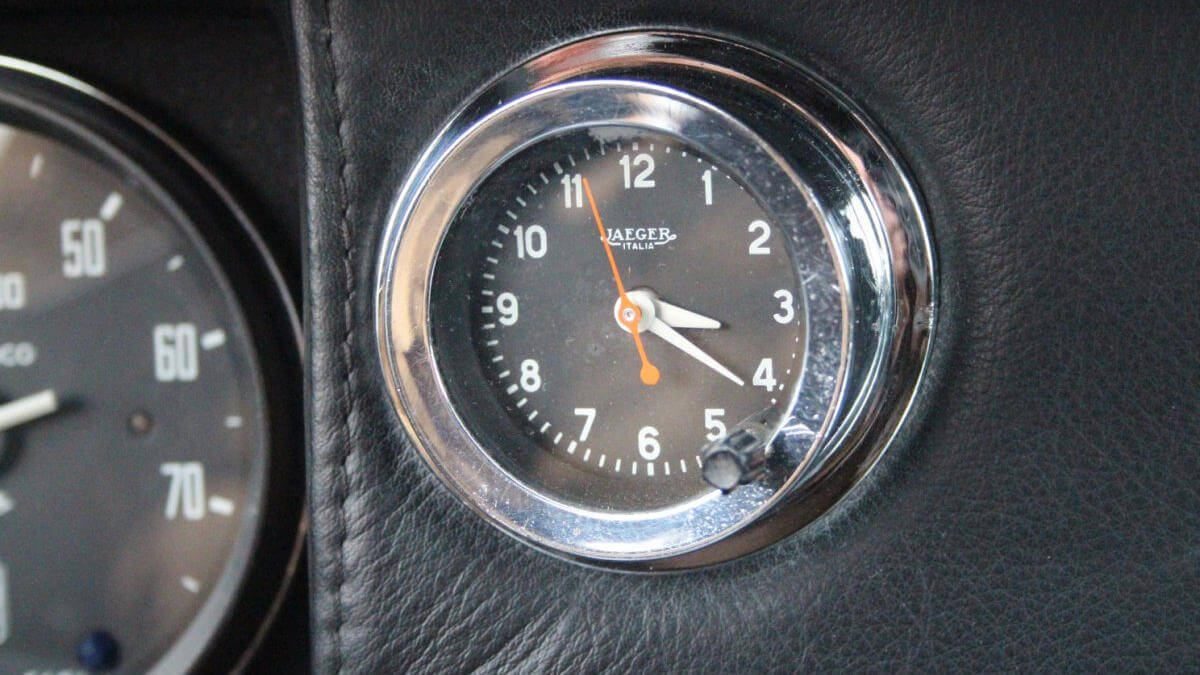



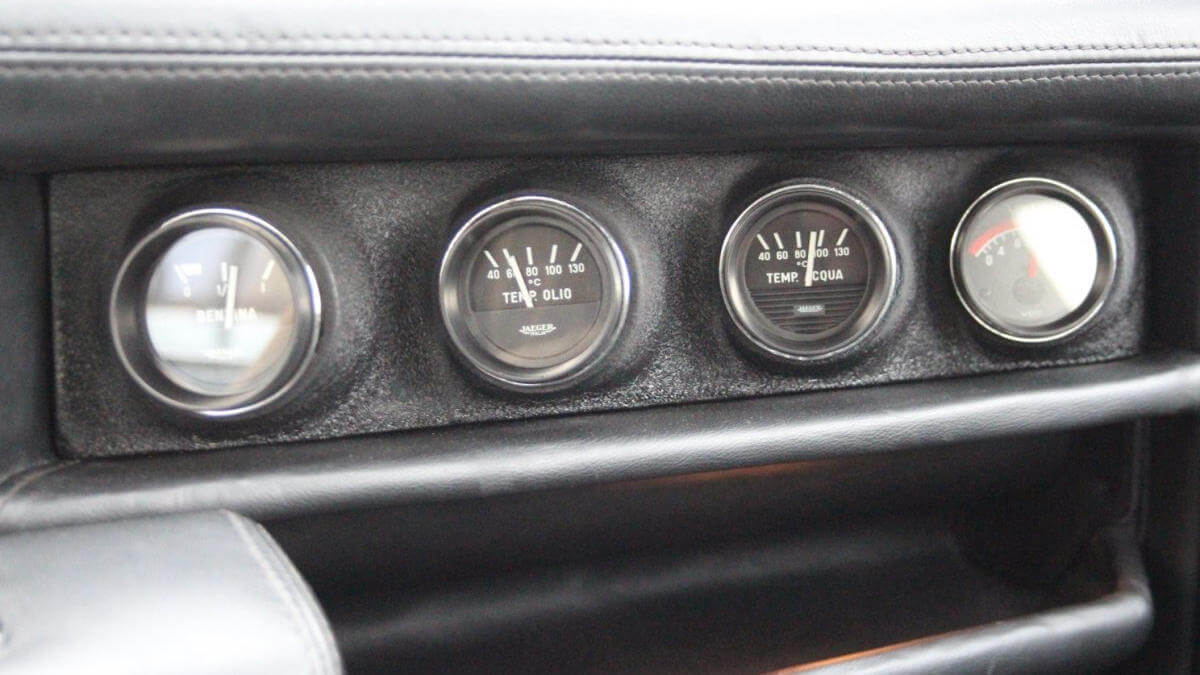



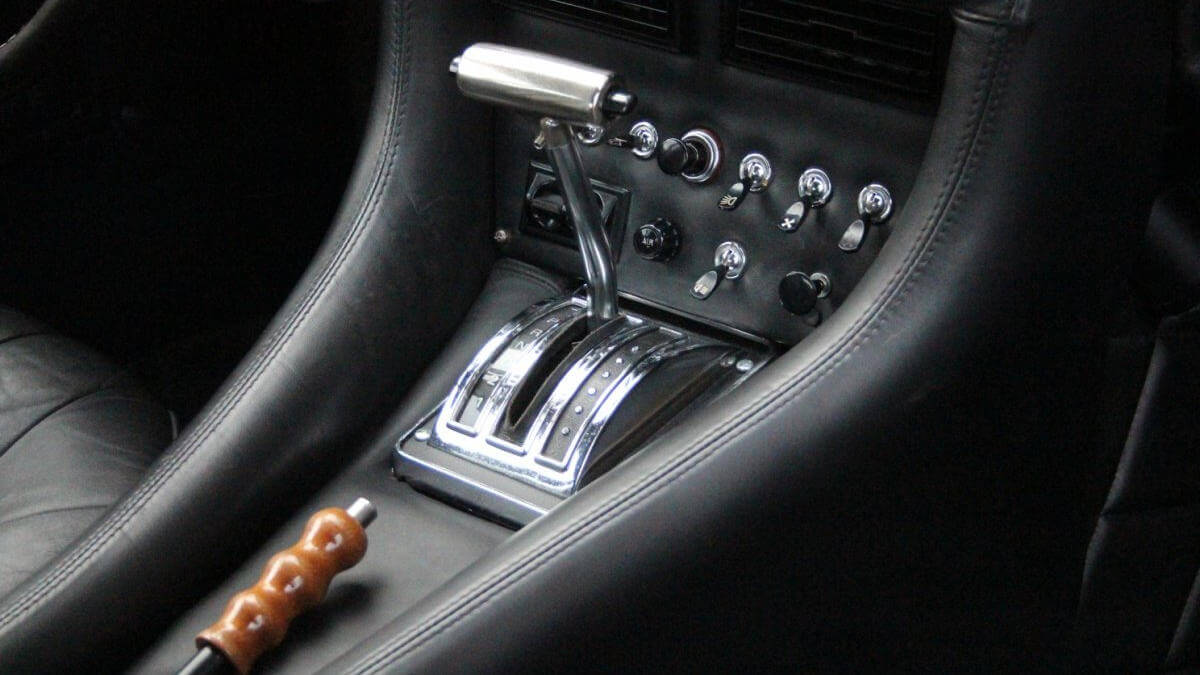







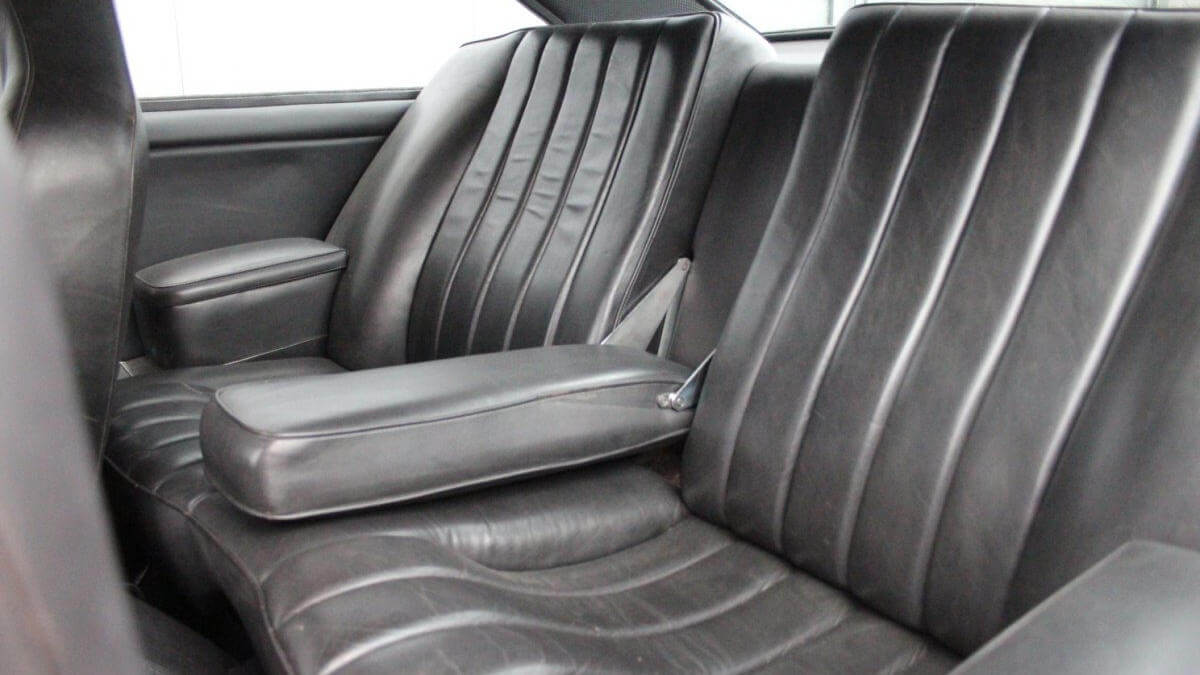



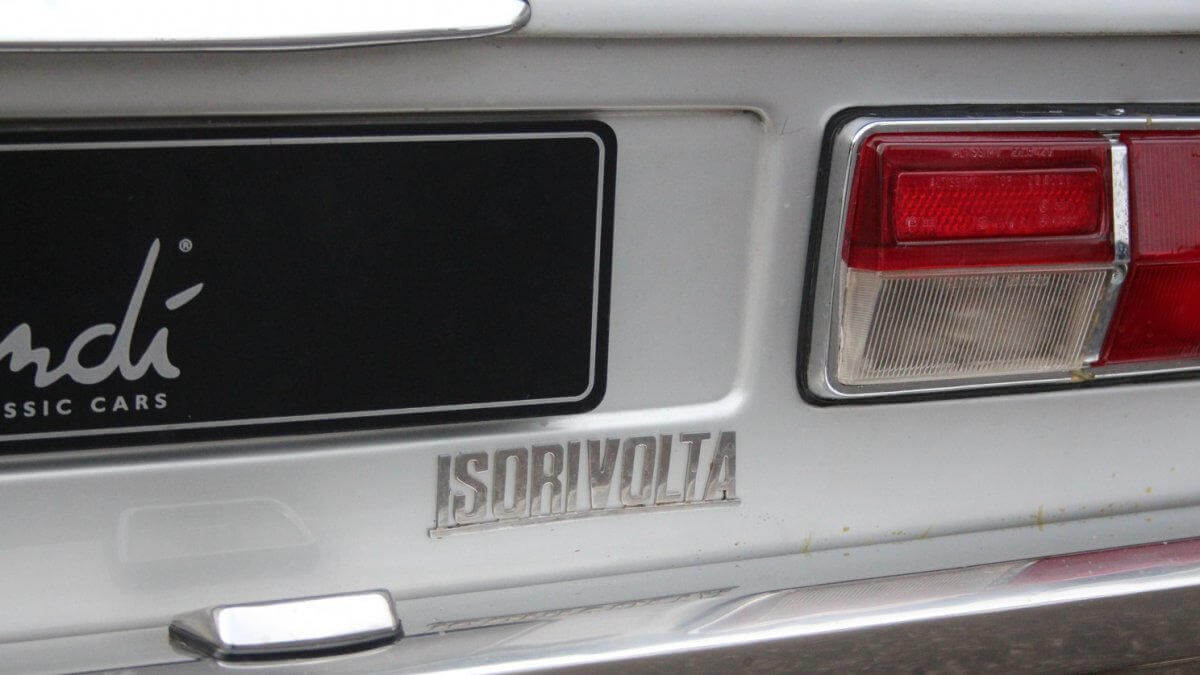



Rare Lele Marlboro
Inside, the Lele was sporty and luxurious. Leather and wood decor belonged to the standard equipment. Later special models such as the Lele Marlboro and the Lele Sport received redesigned dashboards. Initially, Iso used V8 engines from Chevrolet with 5.3 or 5.8 liters of displacement. These had 304 to 355 SAE horsepower and transmitted their power to the rear wheels via either a four-speed manual gearbox or a three-speed automatic. A five-speed transmission was optional on the most powerful Lele 350. In 1971, Iso switched to Ford V8 engines and changed the name to Lele IR6. From then on, 330 SAE hp from 5.8 liters of displacement was available. Two years later, the Lele Marlboro appeared with 360 SAE hp due to various engine refinements. At the same time, weight dropped due to the use of less insulating material and bumpers made of plastic. The epithet alluded to the Formula 1 involvement running at the same time with Frank Williams, whose race cars were sponsored by Philip Morris (Marlboro). Presumably only five examples of the Lele Marlboro were produced.
End of production due to insolvency
In 1974, the final year of production, the Iso Lele Sport made its debut. This variant continued what had been started with the Marlboro. Despite the promised increase in performance, car testers at the time were of the opinion that the Sport was no more powerful than the normal Lele. Iso had been in financial trouble since 1972. The oil crisis made this situation worse and worse and caused Piero Rivolta to sell the company to Ivo Pera in June 1973. Despite a five-year plan presented to increase production and profitability and to develop new models, Iso had to declare insolvency in the summer of 1974. By this time, only around 295 Lele had rolled off the production line. The classic car dealer Movendi is currently offering one of these for sale at the Düsseldorf Classic Remise. It is the silver car in our picture gallery. First registered in 1973, this Lele has a 5.8-liter Ford engine and an automatic transmission. The price is 79,500 €.
Images: Movendi




